Here’s To Your Health
Matt Cadman of shady grove ranch understands why more and more Americans are seeking locally raised, grass-fed, hormone-free meat sources for their health. He’s been there. To death’s door and back. What followed changed his life and the life of his community.
Matt Cadman walks his Texas fields wearing a wide-brimmed cowboy hat, standard boots and worn jeans over his long, long, seriously long legs. He has the look of a Tim Burton character — all limbs and a big, toothy smile. His 6’5”, 160-pound frame stands like a tall stalk of wheat, if he ever stands still at all.
Instead, he’s always on the move, both physically and verbally. His Bluetooth earpiece is part of his everyday uniform because, while he’s rotating herds, wrapping silage, building coops, testing soil or hunting boar, he’s got calls to make and podcasts to hear.
Matt wouldn’t stand stationary if you tied him to a tree. He’d find a way to uproot the tree and take it with him. He’s got 130 to 200 head of cattle to manage and rotationally graze, along with 100 pigs, 9,000 broiler chickens, up to 250 turkeys, and 600 layers that produce enough for the Cadmans to sell 35 dozen eggs, every day, 365 days a year. His customers at his 250-acre Shady Grove Ranch in Jefferson, Texas, are counting on his life-giving products and limitless supply of jokes. Slowing down isn’t his speed.
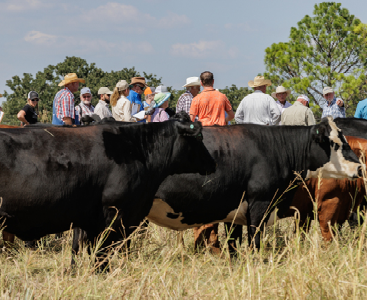
Make a positive impact on your land, your livestock and your livelihood.
Take action now towards a more sustainable and more profitable future.
So, it’s impossible to imagine Matt lying in a hospital bed and slowly fading away. But he’s been there. Twice. And he has no intention of returning. He and his wife changed everything to keep Matt alive, and their fight for his health is now making the health fight for their customers possible, too.
It all started in October 2004 when two young engineering students at LeTourneau University in Longview, Texas, fell in love after a mishap at a fountain. They faced death together, and changed their entire future and the future of their community in fewer than 10 years.
That was one epic fountain mishap.
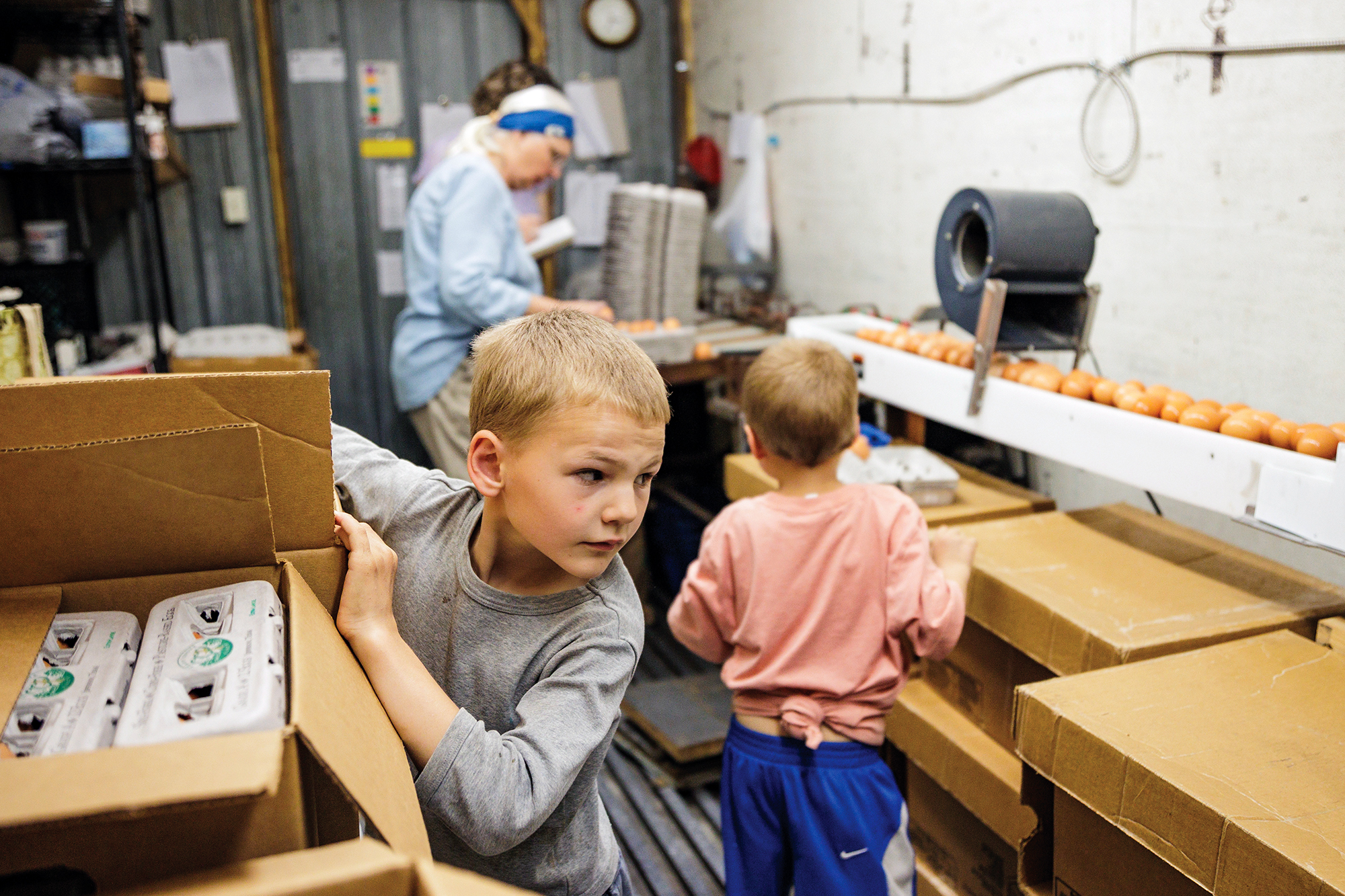
Man Makes Plans, And God Laughs
Jerica Cadman says she and Matt were only friends in college, at first. Matt had other plans, which went into action one day during a fateful trip to Arkansas.
“We went to Hot Springs on a camping trip with our dorm floors, and there was this beautiful fountain in downtown,” recalls Jerica, her colorful glasses falling slightly on her freckled nose.
She is the quieter, shorter counterpart to Matt’s bigger-than-life-and-limb personality. She’s sitting inside the Shady Grove grocery store that is stocked with healthy options on the shelves, fresh eggs in the refrigerator and fresh meat in the freezer, which she spent the morning organizing and refilling. Outside, their five children are playing in the yard or taking care of ranch business, depending on their age. Cadman baby No. 6 is currently resting in her belly and set to arrive in four months.
“We took this group picture, and then everyone climbed down and jumped over the water,” she smiles easily, remembering how it all began. “I thought it looked pretty fun and easy, so I called out to Matt (I called him Cadman back then). I said, ‘Hey Cadman, catch me.’ And he said ‘What? I can’t do that.’ Anyway, I didn’t quite make the jump across. We got all wet. Everyone was laughing. It was a big fiasco.”
Later that night, Matt roasted her shoe over a campfire to dry it out, and they became good friends. Within six months, they were officially dating. Six months more, they were engaged.
“When we met, I knew he had this quirky little disease called ulcerative colitis. I couldn’t pronounce it for a long time.”
“Ulcer colitis?” It did sound quirky. “Ulcerative. Like ulcer,” she explains, stopping to calmly tell her kiddos who could be in what part of the ranch until she was finished. ““I knew he had that, and the extent of the effect it had on him was that he couldn’t eat fruit peels, like apple. He had to peel them before he could eat them. And he couldn’t eat lettuce. He had to be careful about fresh vegetables and things. But other than that, it was okay.”
At that point in their courting, everything was still going according to plan. Matt graduated and took a job at General Dynamics making communication satellite antennas for the government. Jerica was in her sophomore year with plans to be an engineering materials professor. And Matt’s illness could be easily handled with some simple food avoidance.
Their future looked hopeful.
In August 2005, Matt spent every dollar he possessed – minus one – to fly Jerica back to that fountain in downtown Hot Springs on a chartered four-seater prop plane, courtesy of the LeTourneau flight program, to propose.
“With one dollar,” she laughs, “I accepted his proposal.”
It was August, and everything was going according to plan. By September, it wouldn’t be.

The Fight Of A Lifetime
A month later, things took a turn. Matt could no longer manage his quirky little illness by avoiding certain foods anymore. He ended up in the hospital, losing weight faster than he could find a way to joke about it. In less than two weeks, he lost 40 pounds and needed 4 pints of blood. He was going down and going down fast.
“By Day 12, I weighed 120 pounds and looked like a concentration camp survivor,” says Matt, sitting on the porch of his grocery store with his ever-present energy coming out in the speed he rocked his chair. “All you want to do is sleep, because you’ve lost so much blood you can’t transport oxygen around your body anymore. Whenever you eat, everything starts contracting and you start bleeding. So you don’t want to eat, and then you get skinnier. Then you do eat, and you get even skinnier.”
The medications weren’t working. The treatments failed. The doctor gave him only one option.
“My doctor comes in, and I ask him, ‘So, how’s it looking?’ He said, ‘It’s not looking too good, is it?’ And I said, ‘Nope.’ I ask him, ‘Are we thinking about surgery?’ He says, ‘Looks that way.’ I ask, ‘What kind?’ And he said, ‘Total colectomy.’”
“How old are you at this point?” I ask, sitting across from him and not attempting to meet his rocking chair speed.
“23. Maybe 22. A total colectomy is the entire removal of the colon. So you defecate through a little pouch strapped to your side for the rest of your life.” He took a beat to let the weight of the memory return. “That was probably the lowest day of my life.”
That night, he saw no one but Jerica, his fiancee. They prayed “the hardest prayer of my life at that point,” and he came to a peace that, if this glorified God, then so be it. That’s what he wanted.
On the day of his scheduled surgery, Matt had just finished reading through Job (specifically, chapter 42, where God restores Job’s health) when a new doctor he’d never met walks in.
“He looks at my charts and says, ‘Oh, looks like you’re doing better. Maybe we’ll release you today,’” says Matt, who had prepared himself mentally for surgery that day but was, instead, going home. “I couldn’t believe it. I weighed 120 pounds, felt like trash, and left the hospital.”
Slowly, Matt recovered. Six months later, he’d regained his weight and married his sweetheart. He stayed on his diet. He took his meds. He ended up in the hospital again, anyway.
Again, he lost 40 pounds. Again, he needed blood transfusions. There had to be a better solution.
“They tell you, ‘There’s nothing you can do to prevent it. There’s nothing you can do to cure it. You’ve just got to keep it in remission as often as you can through medication,’ which, back then, was $800 a month,” says Matt, who proved them all wrong.
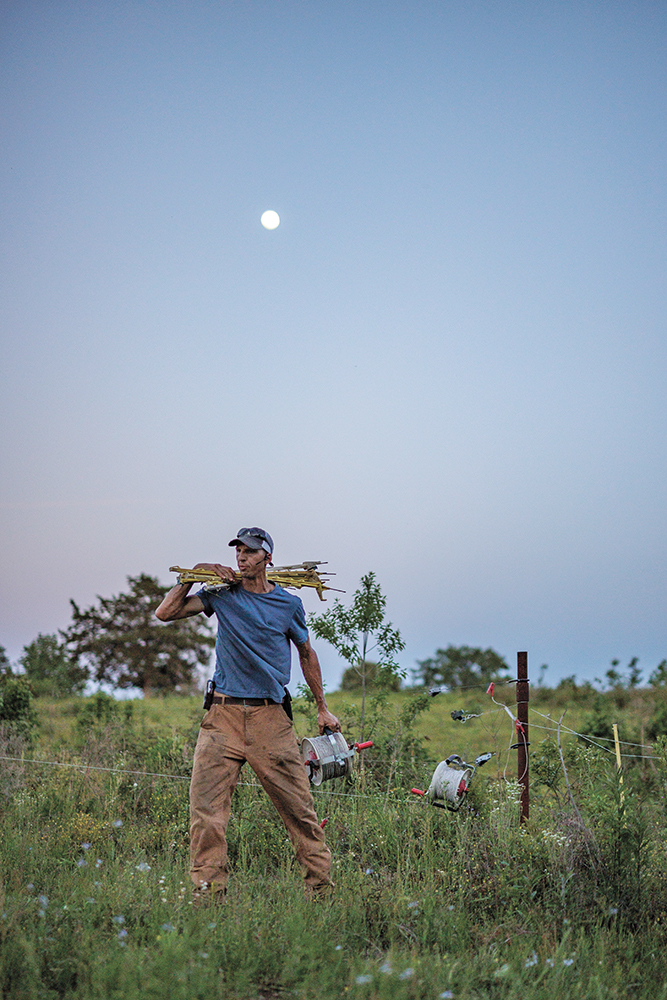
Where There’s A Will, There’s A Way
The first solution the Cadmans found was grass-fed beef. And they found it by accident. A young couple moving off campus needed to sell a freezer full of it. The Cadmans decided to give it a try.
The game changed.
Not only did they love the flavor, but Matt responded well. They needed more of it, along with other food products raised naturally, without hormones, in the sunlight and rotated on fields for maximum nutrition from healthier soil.
But they couldn’t find them all in one place. They purchased grass-fed beef from one ranch, pasture-raised chicken from another, pasture-raised pork from yet another (if it could be found at all), and ditto raw milk and pasture-raised eggs with the deep-orange yokes.
Getting groceries required strategy, planning and travel and, still, the supplies weren’t steady.
In the meantime, as Matt’s health continued to improve, he and Jerica’s passion to help others with autoimmune diseases or other health struggles grew. He decided to make a professional change and return to school to become a gastroenterologist, but a rude awakening had him changing professions again.
“I talked to professors and people in the medical field and, looking at the research,” says Matt, accepting that the help he wanted to provide people wouldn’t come through the medical profession, “I realized the medical field doesn’t want a non-drug solution.”
By all appearances, he wasn’t wrong.
“I’ve been medication-free and virtually symptom-free for 13 years. I had the worst case of ulcerative colitis I’ve ever heard of … and I haven’t had a single doctor come and ask me what I did.”
We don’t use synthetic anything. We don’t use any synthetic fertilizers, herbicides, pesticides, fungicides.
Matt Cadman
The Cadmans realized, if they needed these clean food sources, others did, too. So, the engineers became ranchers.
“We don’t use synthetic anything,” says Matt, who understands personally why this is so important to his customers. It’s important for him, too. “We don’t use any synthetic fertilizers, herbicides, pesticides, fungicides. Jerica made a shirt that said, ‘We don’t take CIDES.’”
Instead, they work with nature, like using what grasses and forbs are already present, even if not growing.
“The seed bank is already there; it simply needs fertility. And you get fertility by not just spreading out manure too thin. It’s high concentrations of it, and fast-moving,” he says. “I mean, that’s what regenerative is. It’s high density of animals and fast movement.”
It makes all the difference, for his family and the ones he serves.
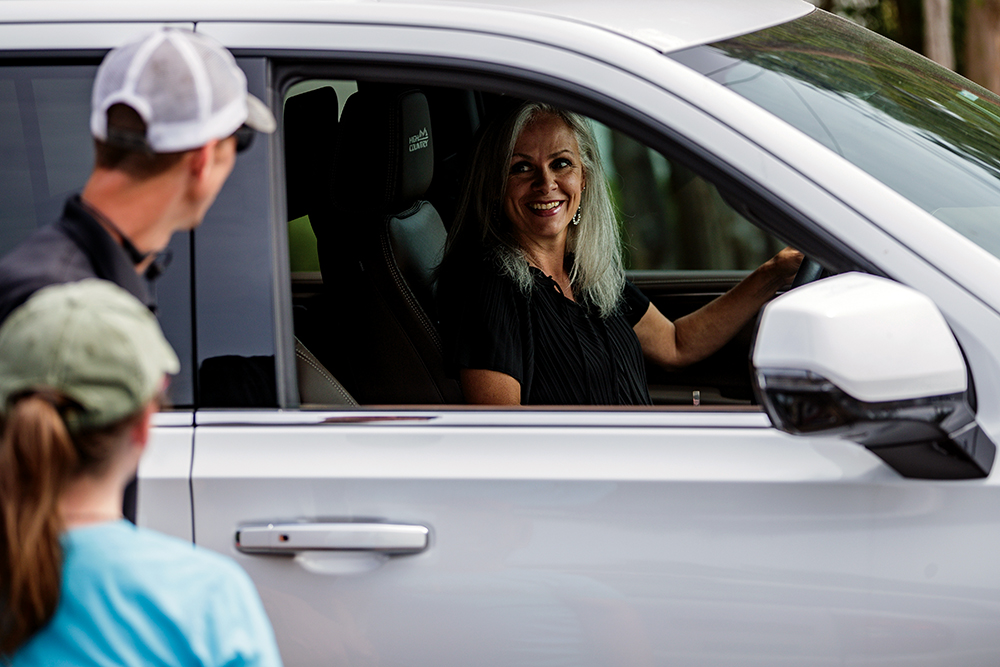
Reaching The Consumer
Mary Ann Brandon pulls up in her white Chevy Tahoe to Good Shepherd Reformed Episcopal Church on a Thursday morning in Tyler, Texas. She comes every month to pick up her Shady Grove Ranch order of pork, chicken and bacon — which she says is, of course, also pork, but deserves its own mention. Sometimes her order also includes flour, butter, bread and tea. Most months, she spends around $250 per order, except in months she is stocking her freezer. Then it doubles.
“Since I’m not raising my own food, I want to know it’s coming directly from someone that I know and trust, and they’re doing it the way I want,” says Brandon, who has always been health-conscious and growing more so as she ages. “It was attractive to me that (the Cadmans) launched into this journey because of some health problems they were having and have seen great success.”
While Brandon pulls up in the line, Matt is busy pivoting between loading boxes of his product from his refrigerated van into customers’ cars and cracking jokes on the fly with his customers or his wife.
The Cadmans travel from their Jefferson ranch to Tyler on the first Thursday of every month for their drop-off at Good Shepherd church, one of four of their drop-off locations in four cities. On the third Thursday, the drop-off is in Longview in the morning and in Marshall by noon. Every month, they’re at Calvary Baptist Academy in Shreveport, Louisiana, to meet their customers across state lines.
“We want to sell at least $8,000 worth of product at those drops,” says Matt. “It doesn’t always happen, but sometimes it goes way more, too.”
Once they’re finished, the Good Shepherd parking lot empties and the Cadmans head to Granary Foods on Front Street in East Tyler, one of seven grocery stores that carry Shady Grove meat products. There, Matt chats with Wynn Worthen, the store manager, like they’re old friends, because they are. Then he’s back on the road again to load up 700 chickens at the ranch and head to the processor.
Part of Matt’s success is definitely due to his energy level and evident love of life.
“He wants to conquer the world and is convinced that he can do it,” says Jerica. “So, it’s like, okay, we’ll just tag along.”
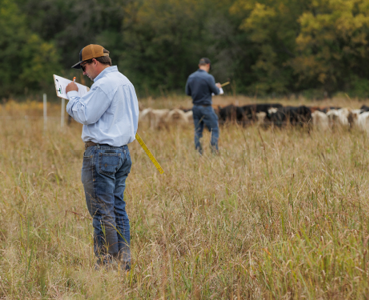
Make a positive impact on your land, your livestock and your livelihood.
Take action now towards a more sustainable and more profitable future.
However, the other part of Matt’s success is a smart, simple selling strategy: he believes in diverse income streams. That is why Shady Grove has multiple-city drop-offs, grocery stores, the ranch store, and wholesale butchery shops, like Heritage Butchery & BBQ Restaurant in Denison, a new, old-school butcher shop that only processes the full carcass.
Ultimately, it’s about using every possible, successful avenue to get his products into the hands of his consumers so they can find the answers he did.
“We’ve been married for 17 years, and I think I finally figured something out about Matt,” says Jerica. “I think the reason he is the way he is is because he almost died … he loves life. He just grabs on to it.”
“He’s just alive,” I confirmed. She agreed. “He is just so alive.”
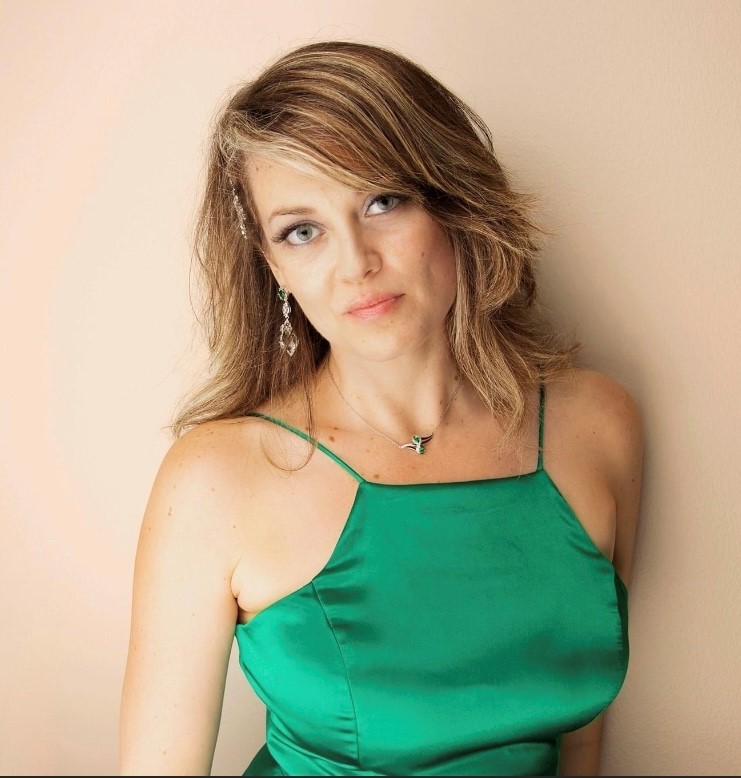

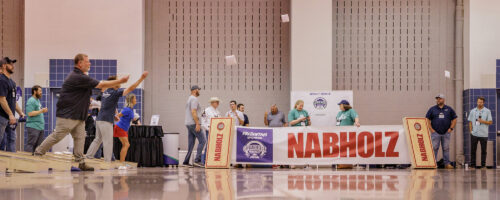
Comment